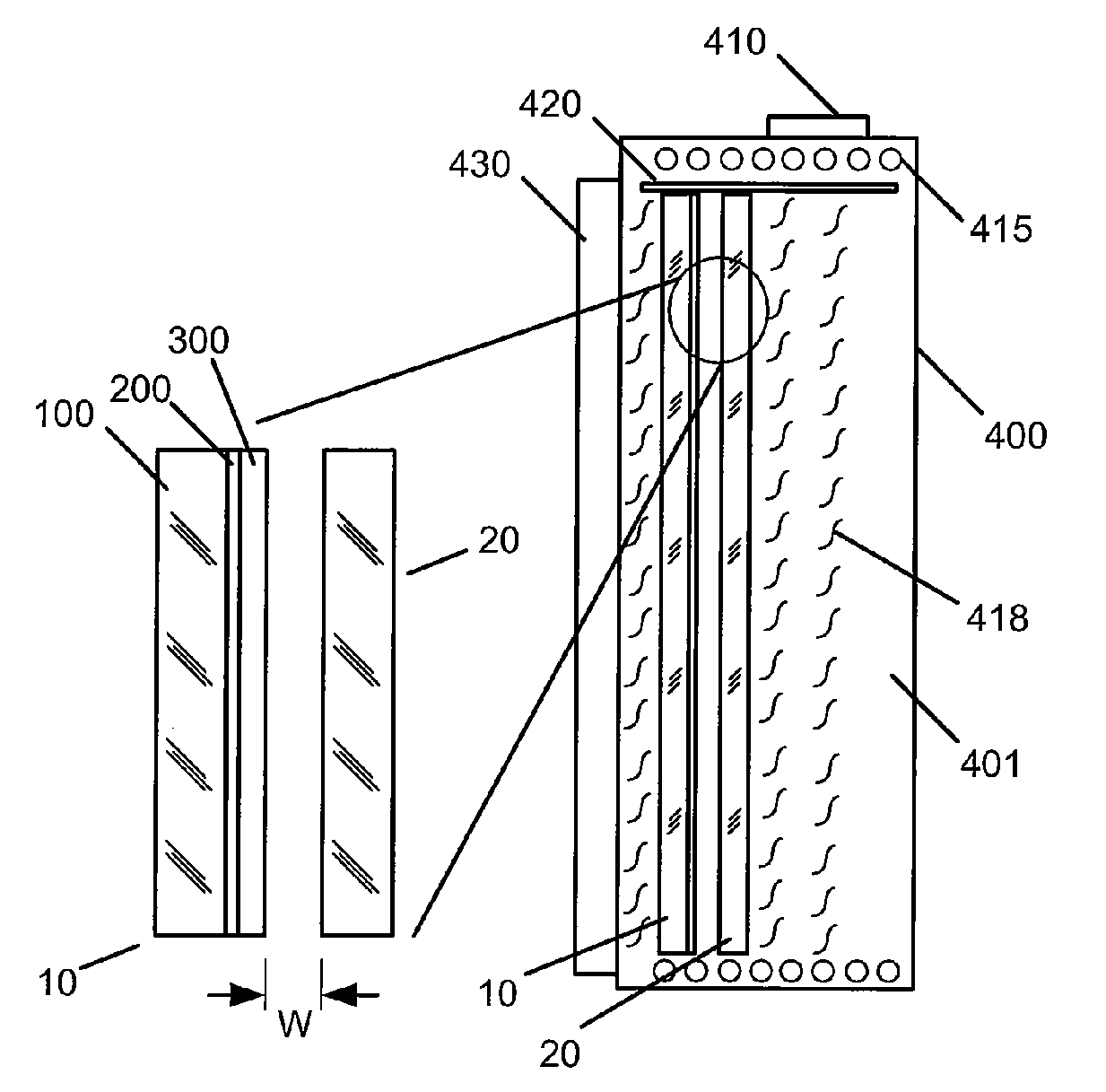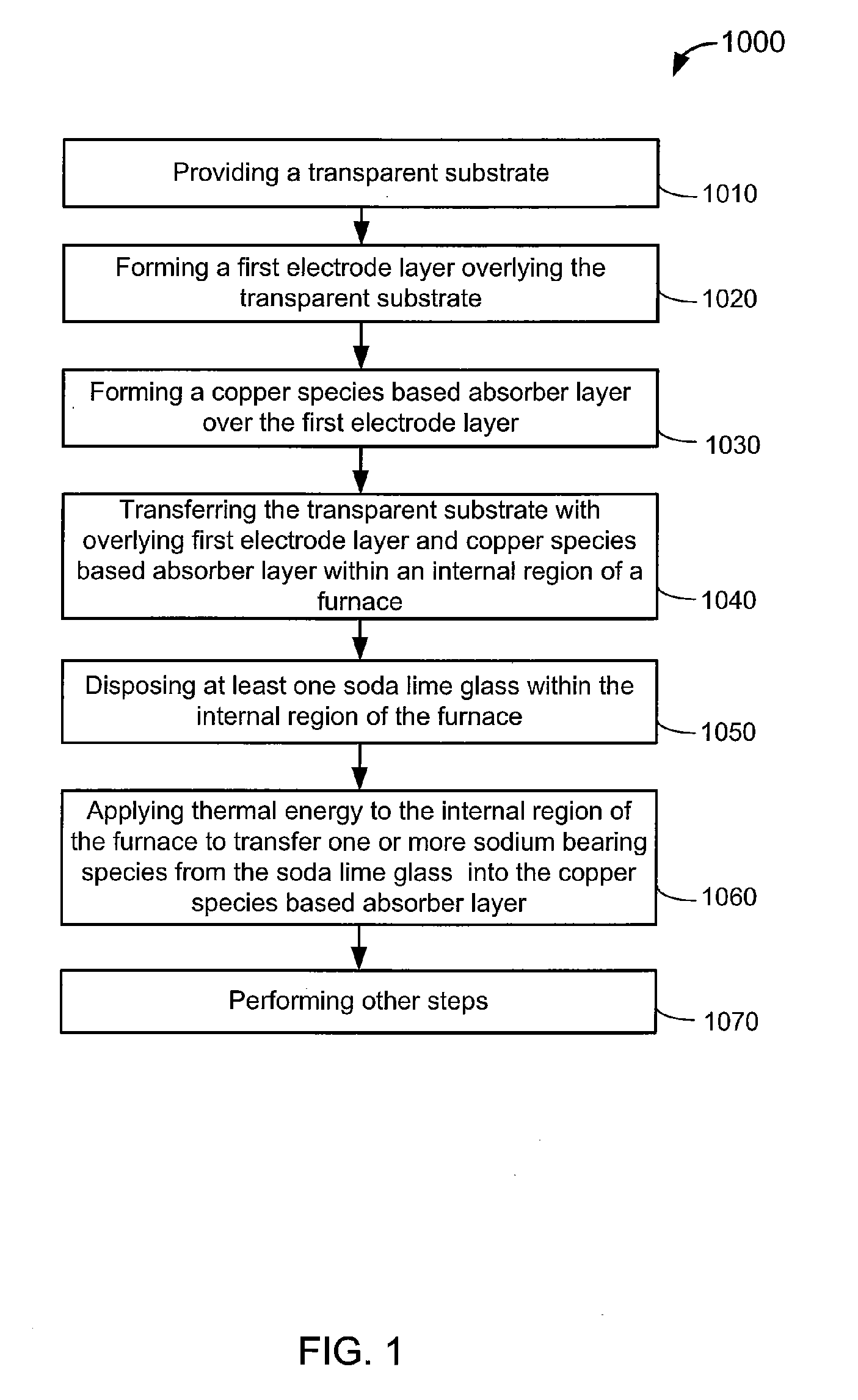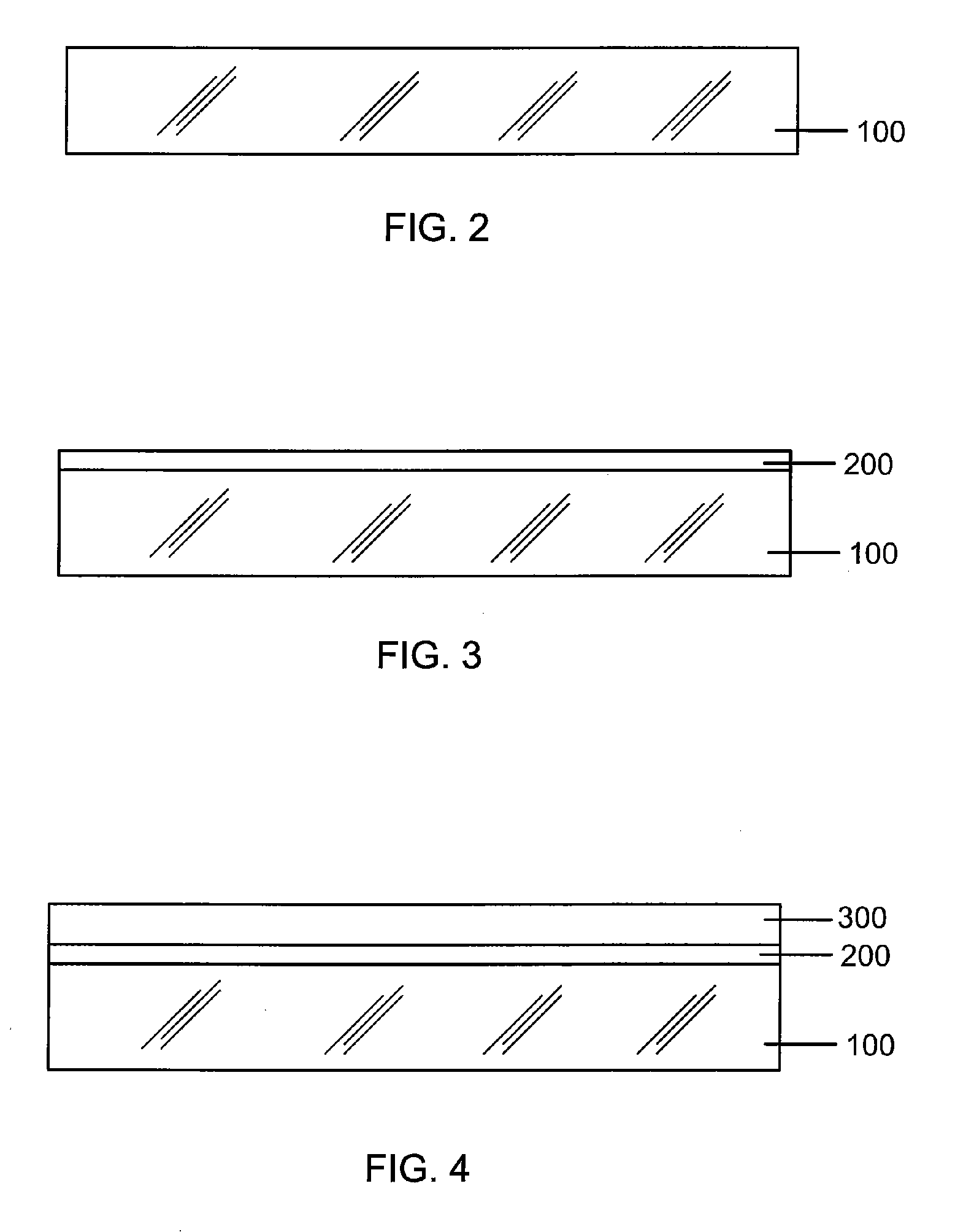Sodium doping method and system of cigs based materials using large scale batch processing
a technology of cigs and materials, applied in the field of photovoltaic materials and manufacturing methods, can solve the problems of reducing the reducing the production efficiency reducing the production cost of cigs based materials, etc., and achieves the effect of reducing the production cos
- Summary
- Abstract
- Description
- Claims
- Application Information
AI Technical Summary
Benefits of technology
Problems solved by technology
Method used
Image
Examples
Embodiment Construction
[0015]The present invention relates generally to photovoltaic materials and manufacturing method. More particularly, the present invention provides a method and system for fabricating thin film solar cells. Merely by way of example, the present method includes a sodium doping method for manufacture of CIGS based photovoltaic cells using on a large scale batch processing, but it would be recognized that the invention may have other configurations.
[0016]FIG. 1 is a simplified flowchart illustrating a method of fabricating a thin film photovoltaic cell according to an embodiment of the present invention. This diagram is merely an example, which should not unduly limit the scope of the claims herein. The method 1000 includes the following processes:[0017]1. Process 1010 for providing at least one transparent substrate;[0018]2. Process 1020 for forming a first electrode layer overlying the transparent substrate;[0019]3. Process 1030 for forming a copper species based absorber precursor l...
PUM
| Property | Measurement | Unit |
|---|---|---|
| grain sizes | aaaaa | aaaaa |
| pressure | aaaaa | aaaaa |
| thickness | aaaaa | aaaaa |
Abstract
Description
Claims
Application Information
 Login to View More
Login to View More - R&D
- Intellectual Property
- Life Sciences
- Materials
- Tech Scout
- Unparalleled Data Quality
- Higher Quality Content
- 60% Fewer Hallucinations
Browse by: Latest US Patents, China's latest patents, Technical Efficacy Thesaurus, Application Domain, Technology Topic, Popular Technical Reports.
© 2025 PatSnap. All rights reserved.Legal|Privacy policy|Modern Slavery Act Transparency Statement|Sitemap|About US| Contact US: help@patsnap.com



